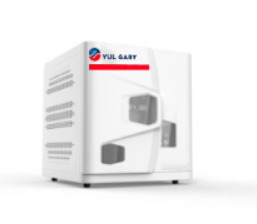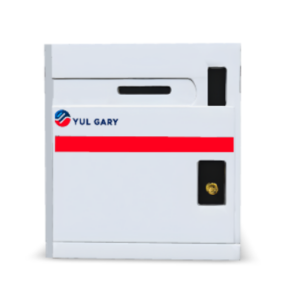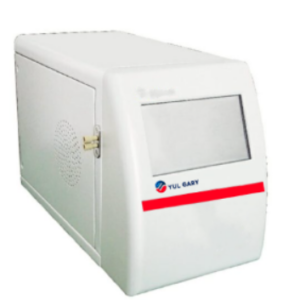Description
The YG1801-1 Total Organic Carbon Analyzer sets the standard in high-temperature combustion TOC analysis. Featuring a 680°C platinum-catalyzed oxidation process, it ensures complete digestion of even the most refractory organic compounds, making it an invaluable asset for industries with complex samples. With a measurement range of 0-30,000 mg/L powered by an imported NDIR detector, it offers superior sensitivity and stability. Additionally, its modular design simplifies maintenance, and the 20-position autosampler option increases throughput by 80%, ensuring efficient and reliable analyses.
Market Price
The YG1801-1 Total Organic Carbon Analyzer is positioned in the premium range of industrial analyzers, offering exceptional value for facilities like wastewater treatment plants, petrochemical operations, and environmental labs. The market price for this type of advanced equipment typically ranges from approximately $31,500 to $31,900 USD, ensuring you are investing in both precision and reliability.
Frequently Asked Questions
- How does this model handle high-salt samples like seawater? The platinum catalyst and specialized combustion tube are designed for effective analysis of seawater, managing salinity levels up to 35ppt.
- What is the advantage of the three-stage dehydration system? It effectively removes 99.9% of moisture from sample gas, significantly extending the life of the detector and preventing interference.
- Can it analyze volatile organic compounds (VOCs)? Yes, its closed-loop combustion system is efficient at capturing and oxidizing VOCs completely, outperforming traditional UV/persulfate methods.
Advantages and Disadvantages
Advantages
- Complete Sample Digestion – Effectively manages refractory organics using 680°C combustion that other methods might miss.
- Industrial-Grade Durability – The modular design assists in straightforward maintenance and repairs.
- Smart Monitoring – Automated tracking of consumables prevents unexpected downtime, enhancing operational efficiency.
Disadvantages
- Higher Operating Costs – Requires oxygen gas and periodic replacement of the catalyst.
- Larger Footprint – Measuring 450×500×480mm, it requires dedicated bench space.
- Analysis Time – Each sample takes 6-8 minutes to process, compared to 3-4 minutes for UV oxidation methods.
Product Use in the Field
The YG1801-1 excels in various applications, such as wastewater treatment (both influent and effluent monitoring), petrochemical wastewater analysis, marine research (monitoring seawater organic loading), landfill leachate characterization, and industrial process water monitoring. Its ability to handle high salinity makes it indispensable for coastal municipalities and offshore oil platforms that demand reliable seawater analysis.
Recommendations
- Install an oxygen generator to ensure continuous operation and efficiency.
- Replace the combustion tube annually when analyzing high-salt samples to maintain accuracy and equipment longevity.
- Utilize the optional autosampler for overnight operations to maximize productivity.
- Calibrate the equipment quarterly using USP-grade standards to ensure accuracy.
- Monitor the catalyst condition through the software dashboard for optimal performance and maintenance.
Features
- High-temperature combustion analysis (680°C)
- NDIR detector for sensitivity and stability
- Three-stage dehydration technology
- Wide measurement range (0-30,000 mg/L)
- Automatic sample dilution and acid addition
- Modular design for easier maintenance
- 21 CFR Part 11 compliant software
- Precision PID temperature control (±0.5°C)
Technical Specifications
| Model | YG1801-1 |
| Detector | NDIR |
| Parameters | TC, TIC, TOC, NPOC |
| Method | High Temperature Combustion |
| Operation Mode | PC Software Controlled |
| Application | Liquid Sample |
| Gas Requirement | Oxygen≥99.995% |
| Measurement Range | 0-30000mg/l (ppm) |
| Power | AC220V, 50Hz or AC110V, 60HZ, 200W |
| Size | 450*500*480mm |





